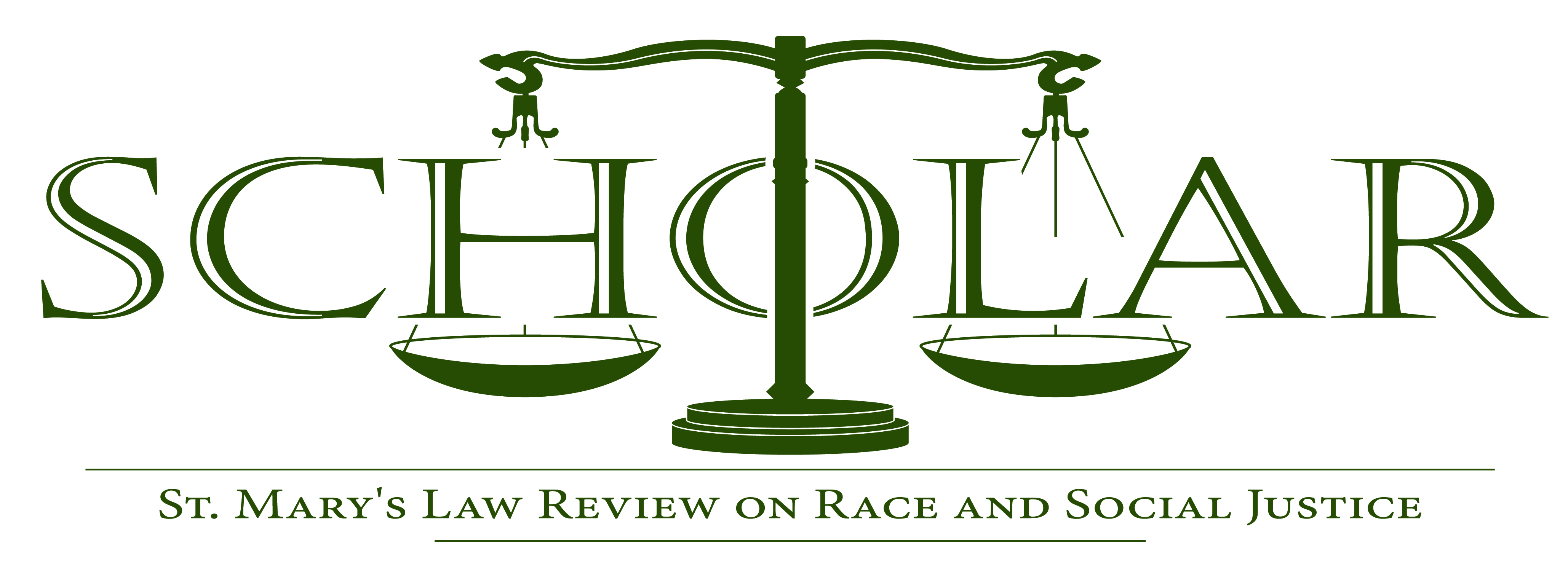
Abstract
Though the Texas Legislature attempted to assure Texans’ access to quality, affordable health care, they assaulted patients’ rights and the power of the courts with a cap on non-economic damages in medical malpractice lawsuits. Non-economic damage caps have a major effect in medical malpractice cases on an injured victim’s constitutional rights and their rights to bring a cause of action against a negligent party. Injured medical malpractice victims may argue that non-economic damage caps directly violate equal protection because of the creation of an impermissible classification distinguishing between injured victims with calculable economic damages and injured victims with no economic damages. By imposing limitations upon those injured patients, the cap further prevents injured victims with little or no economic damages from a full and fair trial. The Texas Legislature has enacted a statute which may marginally serve the governmental interest to lower insurance premiums, while it simultaneously harms a cognizable group of injured medical malpractice victims who bring suit. Medical malpractice victims are prevented from having a jury assess fully and fairly their amount of non-economic damages because of the $250,000 limitation. Additionally, the Texas Legislature has infringed upon the judicial system’s ability to declare a jury award for non-economic damages excessive, which violates the separation of powers doctrine. Despite studies indicating that a cap on non-economic damages does not prevent insurance premiums from rising, the legislature enacted a statute that disproportionately harms those victims with little to no economic damages and quantifiable non-economic damages. Other, less discriminating means of addressing these issues include regulating the insurance industry, and its rate increases, and creating an injured patient compensation fund. The Texas Legislature should mandate a study to conduct research and develop a detailed recommendation outlining how a patient compensation fund or statutory insurance regulation could be implemented.
Recommended Citation
Ruben J. Reyes,
Capping Your Rights: The Texas Statute of Non-Economic Damage Caps in Medical Malpractice Cases and Its Assault on the Rights of the Injured and the Power of the Courts.,
6
The Scholar
(2004).
Available at:
https://commons.stmarytx.edu/thescholar/vol6/iss2/5
Volume Number
6
Issue Number
2
Publisher
St. Mary's University School of Law
ISSN
1537-405X

